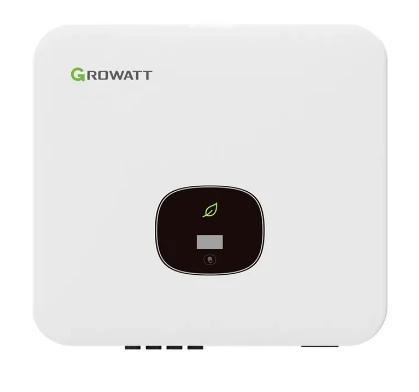solar power system
Solar Power Systems Harnessing the Sun for a Sustainable Future
In an era marked by climate change and the urgent need for sustainable energy solutions, solar power systems have emerged as a viable alternative to conventional fossil fuels. By converting sunlight into electricity, solar systems not only provide clean energy but also significantly reduce greenhouse gas emissions. This article explores the fundamentals of solar power systems, their components, advantages, and the challenges they face.
Understanding Solar Power Systems
At its core, a solar power system consists of solar panels (photovoltaic panels), an inverter, a mounting structure, and sometimes a battery storage system. These components work together to capture sunlight, convert it into usable electricity, and store it for later use.
1. Solar Panels The most recognizable part of a solar power system, solar panels are made up of photovoltaic cells that convert sunlight directly into electricity. The efficiency of these panels can vary based on the technology used, such as monocrystalline, polycrystalline, or thin-film solar cells.
2. Inverter After the solar panels generate electricity, it is in the form of direct current (DC). The inverter converts this DC electricity into alternating current (AC), which is the standard form of electricity used in homes and businesses.
3. Mounting Structure Solar panels need to be securely mounted on rooftops or ground-based structures. The mounting system ensures that the panels are angled correctly to optimize sunlight capture.
4. Battery Storage In some solar power systems, especially off-grid applications, batteries are used to store excess energy generated during sunny days. This stored energy can be used during the night or cloudy days, providing a continuous power supply.
Advantages of Solar Power Systems
1. Renewable Energy Source Solar energy is abundant and inexhaustible. Unlike fossil fuels, which can deplete and damage the environment, sunlight is available every day, providing a sustainable energy source.
2. Environmental Impact By harnessing solar energy, we can significantly reduce our carbon footprint. Solar power systems emit no greenhouse gases during operation, contributing to cleaner air and a healthier planet.
3. Reduction in Electricity Bills Solar power systems can lead to substantial savings on electricity bills. By generating your own electricity, you can reduce dependence on your local utility and often receive credits for excess energy produced.
4. Energy Independence Utilizing solar energy can enhance energy security and independence. Especially in remote areas, solar power systems can provide electricity where traditional grid access is limited or too costly.
solar power system

Challenges Facing Solar Power Systems
Despite their many advantages, solar power systems face several challenges
1. Initial Costs The upfront investment for purchasing and installing solar panels can be significant, although prices have been decreasing. Financial incentives and tax credits can alleviate some of this burden.
2. Intermittency Solar energy production is dependent on sunlight, which can fluctuate based on weather conditions and time of day, leading to potential energy shortages in rainy or cloudy weather.
3. Space Requirements Solar panels require ample space for installation. In densely populated areas, lack of space can limit the deployment of solar systems.
4. Energy Storage Costs While battery technology has improved, high-quality storage solutions can still be expensive, adding to the overall cost of solar power systems.
5. Material Concerns The production of solar panels involves the use of rare materials, raising concerns about resource availability and environmental impact.
The Future of Solar Power Systems
With technological advancements and greater awareness of climate change, the adoption of solar power systems is expected to continue growing. Innovations such as improved energy storage solutions, more efficient solar panels, and smart grid technology promise to enhance the viability and efficiency of solar energy.
Governments and organizations worldwide are also recognizing the importance of transitioning towards renewable energy, leading to increased investments, supportive policies, and collective efforts to build a more sustainable future.
In conclusion, solar power systems represent a crucial aspect of our transition to renewable energy. By capitalizing on the sun's abundant resources, we can reduce our reliance on fossil fuels, combat climate change, and pave the way for a greener, more sustainable world. The journey is not without hurdles, but the potential benefits make the pursuit of solar energy an increasingly attractive option.
-
Navigating Off Grid Solar Inverter: From Use Cases to Trusted PartnersNewsAug.05,2025
-
Solar Edge String Inverter: A Wholesaler’s Guide to Inverter Technology SelectionNewsAug.05,2025
-
Microinverters: Revolutionizing Solar Energy UseNewsAug.05,2025
-
Future of Monocrystalline Solar Panel Efficiency: Latest Technological AdvancesNewsAug.05,2025
-
Solar Panels for House: A Complete Guide to Residential Solar EnergyNewsAug.05,2025
-
Panel Bifacial Performance in Snow and Low-Light ConditionsNewsAug.05,2025







